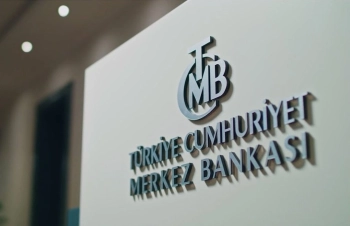What happens when central banks signal a potential interest rate cut? How does this affect the real estate market, and why are buyers suddenly more active? These questions are at the heart of the current shifts in property prices and market dynamics. In this article, we explore the connection between interest rate expectations and real estate activity, providing insights for investors, homeowners, and market observers.
The Link Between Interest Rates and Real Estate
Interest rates play a pivotal role in shaping the real estate market. When central banks lower interest rates, borrowing becomes cheaper, making mortgages more affordable for homebuyers. This, in turn, increases demand for properties, often leading to rising prices. Conversely, higher interest rates can cool down the market by making loans more expensive.
For example, in Turkey, expectations of an interest rate cut by the Central Bank have already begun to stir the real estate sector. Buyers who were previously hesitant are now entering the market, anticipating lower mortgage costs in the near future.
Why Rate Cut Expectations Are Driving Market Activity
The anticipation of an interest rate reduction creates a sense of urgency among buyers. Investors and homebuyers alike want to lock in purchases before prices rise further. This psychological effect can lead to a short-term surge in demand, even before the actual rate cut takes place.
A practical example of this phenomenon can be seen in Istanbul, where property inquiries and sales have increased by nearly 15% in recent weeks. Real estate agents report that buyers are motivated by the fear of missing out on favorable financing conditions.
The Impact on Property Prices
As demand grows due to lower borrowing costs, property prices often experience upward pressure. Sellers may hold off on listing their properties, expecting higher offers in the coming months. This reduced supply, combined with increased demand, creates a competitive environment that drives prices up.
In Ankara, for instance, apartment prices in central districts have risen by an average of 8% over the past quarter. Experts attribute this trend directly to the expectation of an impending interest rate adjustment.
Who Benefits from This Trend?
Several groups stand to gain from interest rate cuts and the subsequent real estate boom:
- First-time homebuyers: Lower mortgage rates make homeownership more accessible.
- Real estate investors: Rising prices can lead to significant capital appreciation.
- Developers: Increased demand often translates to faster sales of new projects.
- Banks and lenders: More people applying for mortgages means higher loan volumes.
However, renters may face challenges as landlords might increase rents in response to higher property values.
Potential Risks and Considerations
While lower interest rates generally stimulate the real estate market, they are not without risks. If prices rise too quickly, affordability issues may emerge, creating a bubble. Additionally, if inflation remains high despite rate cuts, central banks may reverse course, leading to market instability.
A cautionary tale comes from the 2008 financial crisis, where artificially low interest rates contributed to a housing bubble that eventually burst with devastating consequences.

Long-Term Outlook for the Real Estate Market
The sustainability of the current market momentum depends on several factors, including the magnitude of rate cuts, overall economic conditions, and government housing policies. While short-term price increases are likely, a balanced market requires adequate supply to meet growing demand.
In the Turkish context, if interest rate cuts are accompanied by measures to increase housing construction, the market could experience healthy, sustainable growth rather than overheating.
In conclusion, the expectation of interest rate cuts is currently injecting vitality into the real estate market, affecting prices, buyer behavior, and investment strategies. While this presents opportunities, stakeholders should remain mindful of potential risks and market fundamentals.






